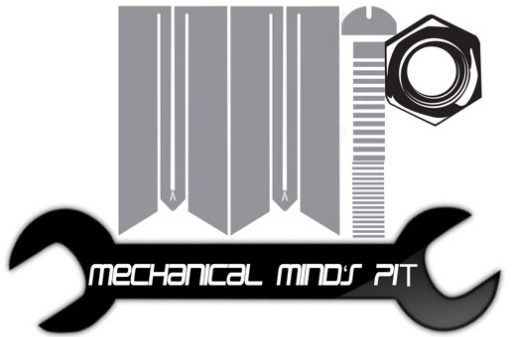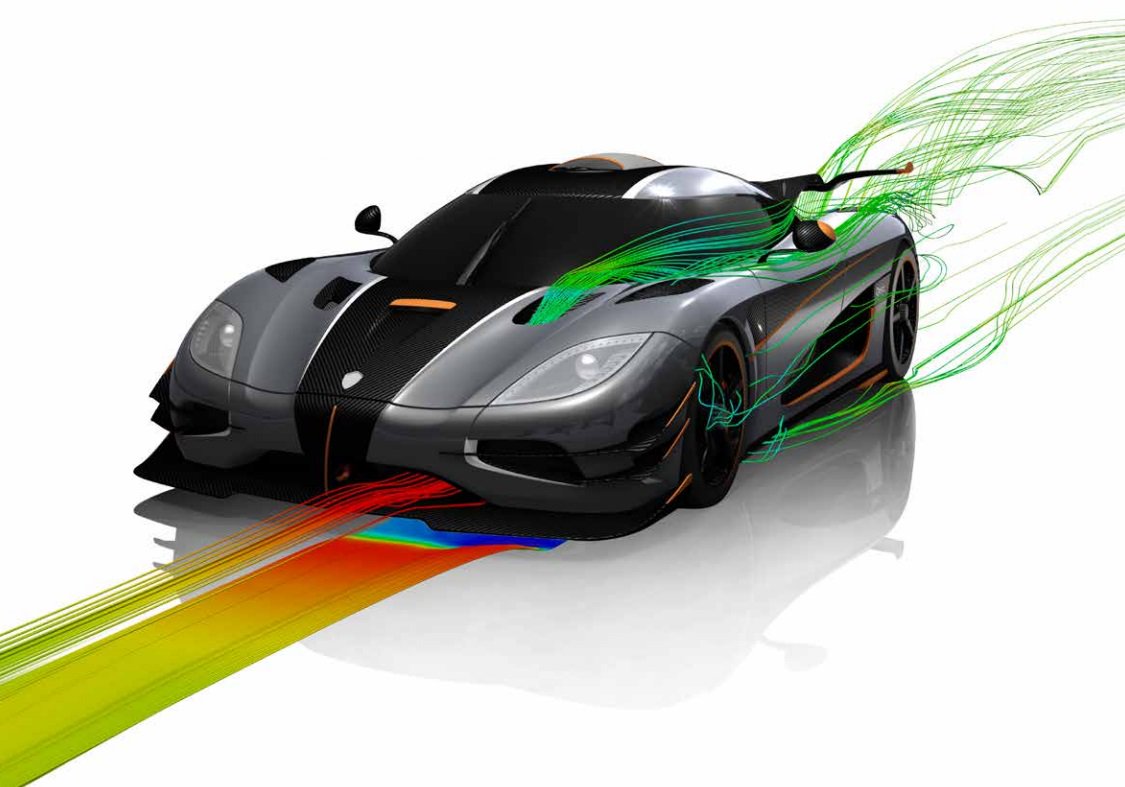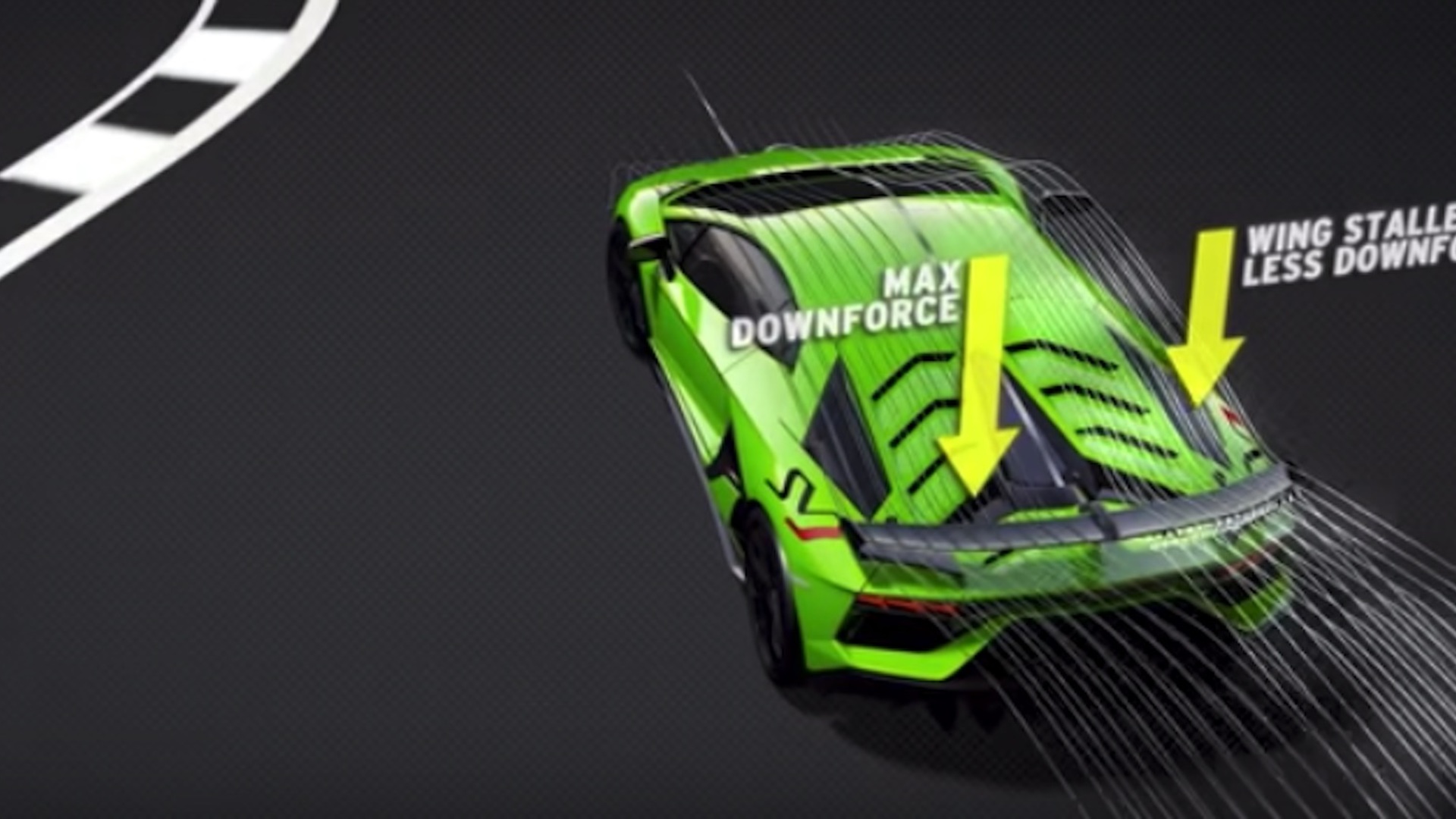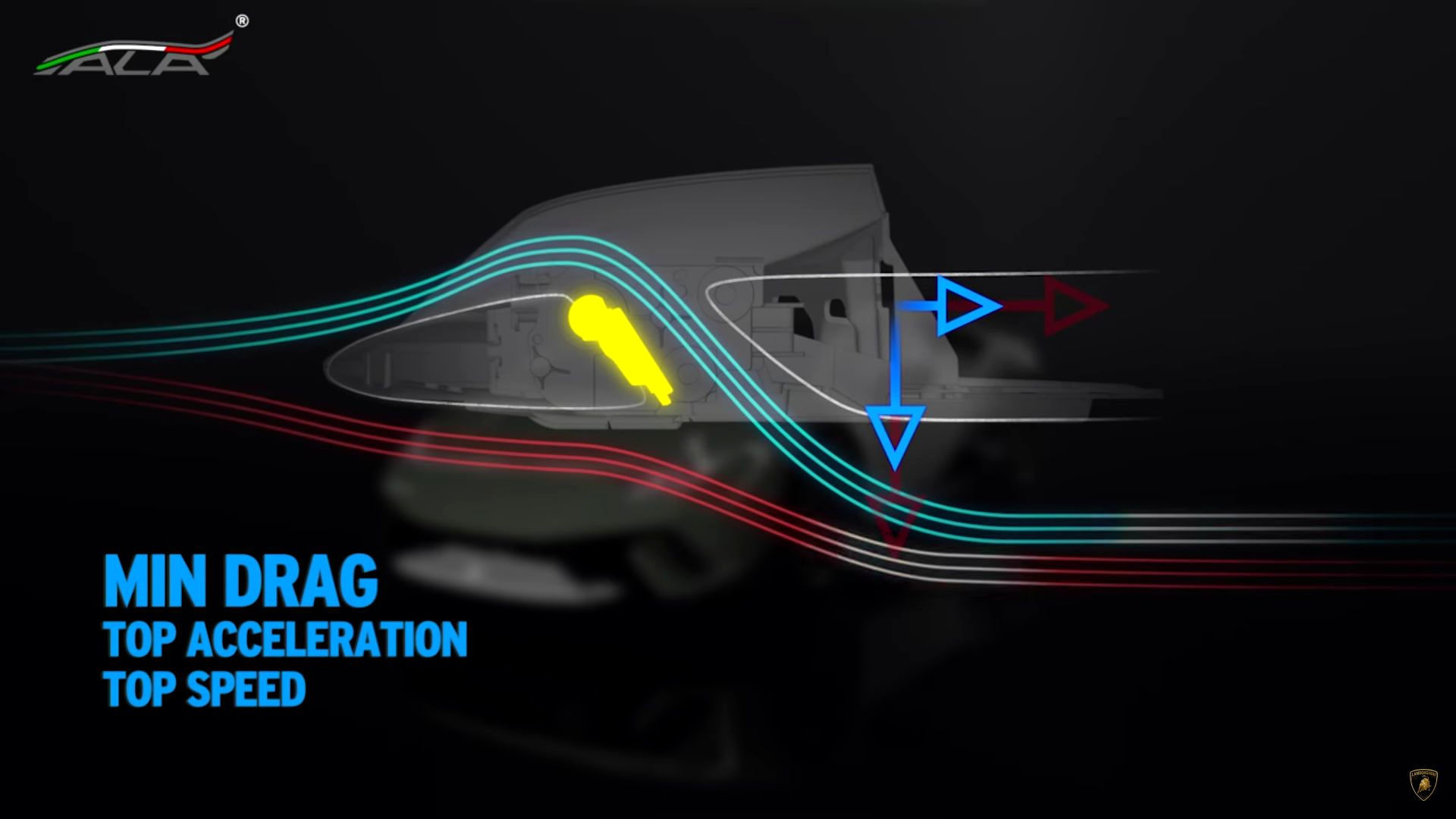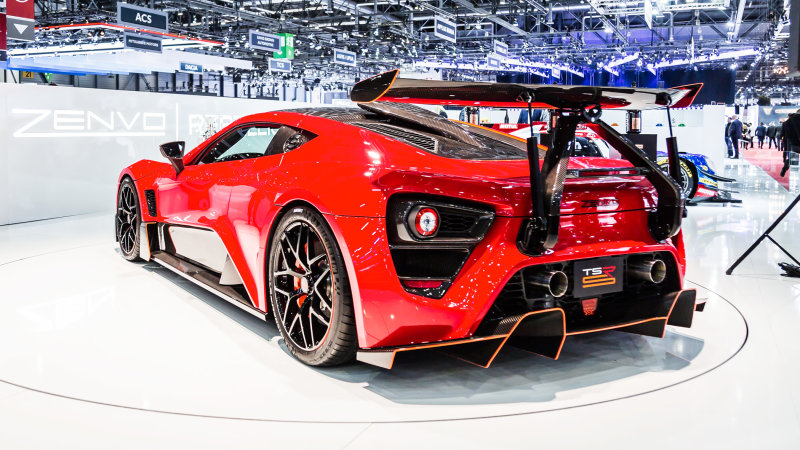
Let’s run back down the timeline to 1996 when the first mass production electric car was made by General Motors called the EV1. Just over a 1000 units were produced but this saga ended in a controversy. Abundance of fossil fuel and ample research and development in IC (internal combustion engines) overpowered the idea of investing in electric cars at that time. The technology to produce EV deviated too much from the mainstream research then. Furthermore, the battery, electric motors were not successful enough to act as a viable alternative to conventionally gas powered cars.
Now let’s come back to 2008 when Tesla released its first car, the famous Tesla roadster. Although it wasn’t as successful as anticipated, it proved to be a decisive and critical first step for Tesla in its journey towards being the world’s most advanced, valuable, and successful EV manufacturers of all time. Failures of Roadster provided valuable lessons, allowing Tesla to come up with improved and more efficient designs in the future. Aforementioned combined with the competent leadership of Tesla CEO Elon Musk paved the company’s path to success.
One of the biggest challenges was battery technology. Earlier in the day, electric motors were unsuitable for faster speed and larger mileage. Thus, Tesla had to come up with an advanced battery that could provide both range and performance.
Electric motors are known to have a linear torque graph across all the rpms unlike IC engines that have a peak torque at a specific rpm. Basically, the moment you floor the throttle you’ll be hugged by the seats and it just gets faster and faster. (Trust me, this feels amazing!) Now, since we have a fewer number of non-stationary parts compared to gasoline cars, Tesla vehicles have more than abundant space both in trunk and frunk (front trunk). One of the very important factors that affects the performance and handling of a car is the positioning of centre of mass. The battery pack, a structural part of the car packed into the floor of the vehicle, opening the doors for lower center of gravity. The performance has been so mind boggling that it could take on the fastest car in production on the planet – Bugatti Chiron (with W16 quad turbo setup). Now we have the battery performance, vehicle performance and practical enough to store your luggage. Not to forget to mention the design is one of the lowest drag coefficient cars ever made with highest safety ratings. When you’re going that fast you need to cut through air like a knife to move efficiently without any losses and maximum safety. So the recipe for perfect EV is ready. What next? We need a network of gas stations to charge your electric car wherever you go. Tesla simultaneously focused on creating a network of supercharger stations across the world. You never have to worry about your vehicle being dead with more than 30,000 superchargers across the world. Doing something so extensive in a limited span of time is something only Tesla was capable of. This organization is bringing the change in vehicular industry and challenging automotive giants like VW, Toyota, GM and Ford.
Today the whole automotive industry is shifting towards electric vehicles. It practically becomes easier for the late joiners because all the first challenges and difficulties were faced by Tesla and resolved. Each company innovates on some tweaks but relies on the same fundamental infrastructure of battery packs in the floor and direct motors drive. Tesla vehicles represent less of cars and more of gadget on wheels.
Let’s talk about technology. Autonomous driving or what we call FSD (Full Self Driving) capabilities. Apart from performance, range and storage. Tesla is focused on autonomous driving using a very sophisticated network of ‘eyes’ (Radar, Lidar, camera and GPS) across the vehicle to know in real time where it is driven. Coupled with AI (Artificial intelligence) to further process what it sees and drive it for you. Just like a human driver that becomes better at driving over time, Telsa learns from surroundings for improved FSD everytime you take it out on the road. Such powerful hardware equipped with ground breaking software is what makes Tesla, T E S L A today. The name is a benchmark in EV and engraved forever in the history of Automobiles.
